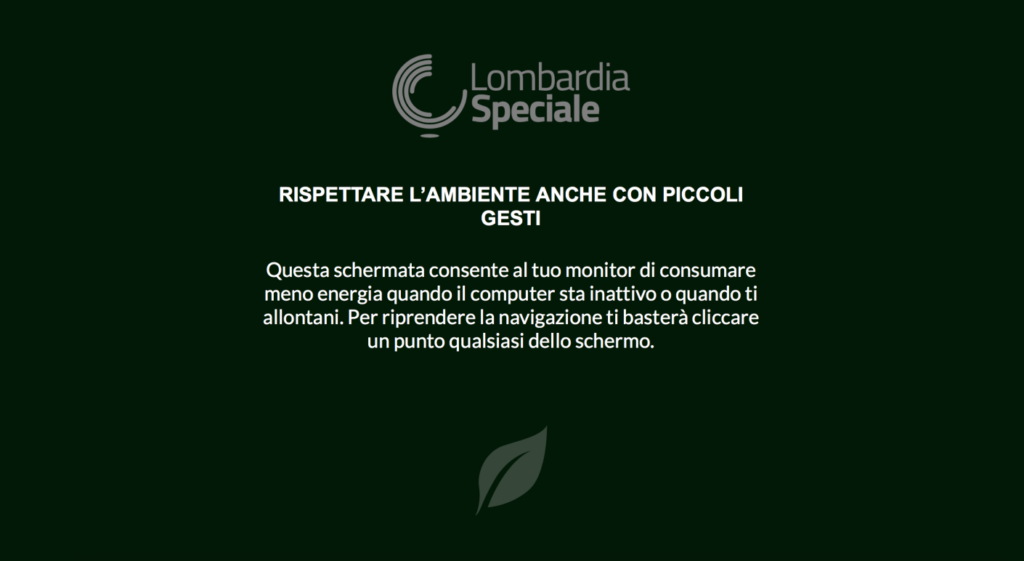In recent years, the subject of pollution and the impact that everyday actions have on the environment has been at the centre of public debate and the leverage of many initiatives that have been put in place. Against this backdrop of digital pollution, many companies and administrations have decided to change their web features. The intent is clear: to reduce energy consumption and make the online aspect more sustainable.
A more sustainable Region
Starting in 2023, the Lombardy Region, as it has announced on its institutional website, has decided to review its position on digital consumption to tackle the phenomenon of digital pollution. There are 51 sites with which the Lombardy Region is active on the web, and over 52 million annual pageviews (based on 2022 data) have been recorded on the regione.lombardia.it portal.
Important figures that have kicked off, as the site states, a ‘path of technological transformation and abatement of emissions from institutional sites, launching a digital sustainability project in a field where only large corporate brands are appearing, but which is still absolutely unheard of for the public sector’.
How? First, the consumption of regional websites was calculated with the KarmaMetrix system. In April 2021 (when the first measurement was made), CO2 emissions were 353,997 kg per year, which corresponds to 1.2 million km travelled by an aircraft and as many as 2.7 million km travelled by car.
By October 2022, however, ‘after completion of the technological and editorial improvement phase of the regional portal’, the certified reduction in energy consumption stood at 58% of the total emissions produced, which equates to a decrease of 722,154 km travelled by plane and minus 1,571,099 km travelled by car.
Digital pollution
Every company, large or small, produces a quantity of digital waste that can be quantified. How? For example, as communicated by Digital Cleanup Day, an employee who takes part in 15 hours of online meetings with a video camera on produces 9.4 kg of CO2 every month. Turning off the video, for example, would save the same amount of emissions as charging a smartphone every night for over 3 years (1151 days). On the e-mail front, it is estimated that 281 billion e-mails are sent every day and it takes more than 3 hours a day to read, update and reply to them, 5 if personal accounts are also counted. This is why many realities are reorganising the way they communicate internally.
